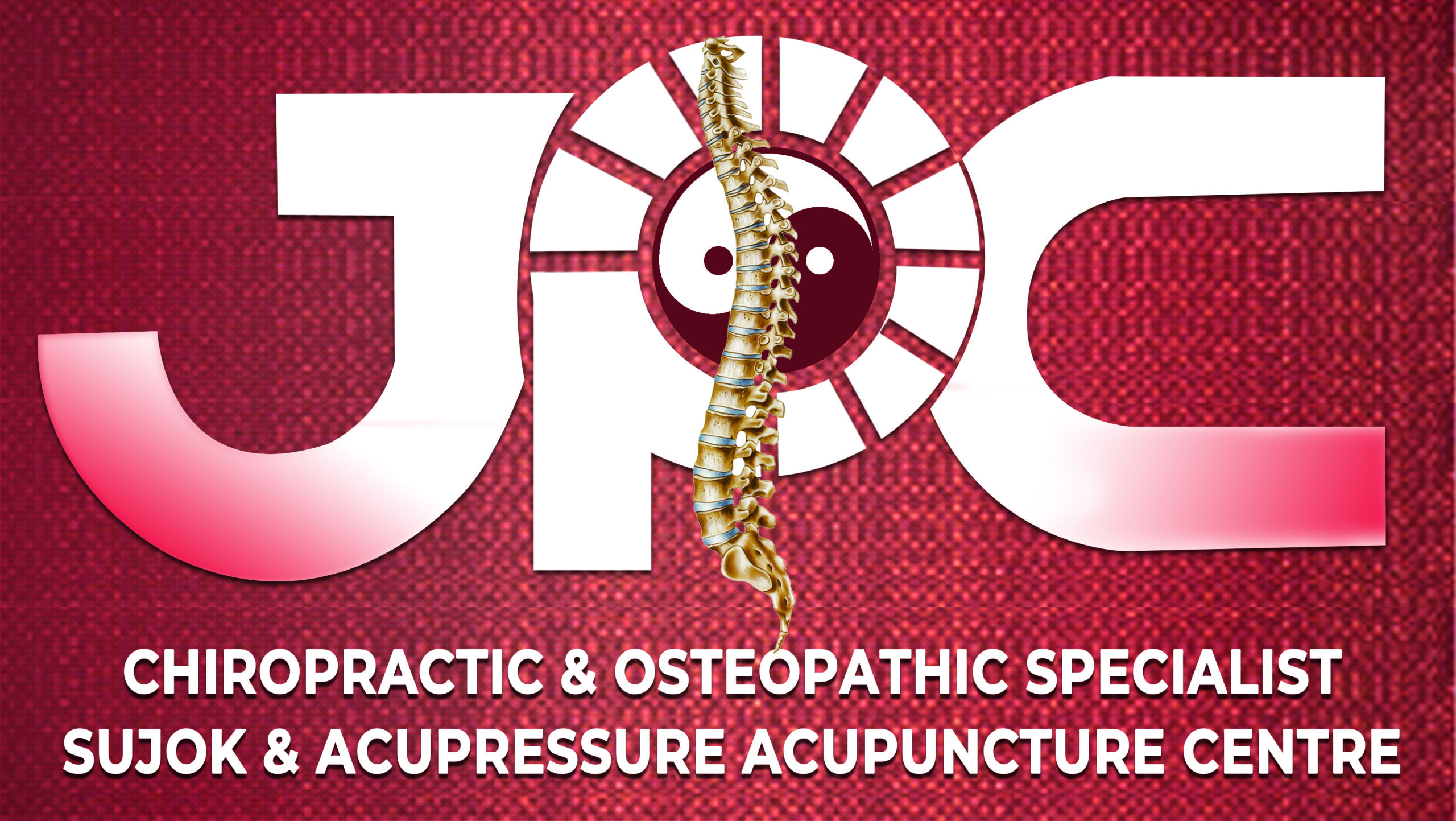Certainly! Here’s a content about heel spurs:
**Heel Spurs:**
1. Introduction to Heel Spurs:
– Definition and description of heel spurs.
– Understanding the anatomy of the heel.
– Common causes and risk factors for developing heel spurs.
2. Symptoms of Heel Spurs:
– Pain and tenderness in the heel, especially in the morning or after periods of rest.
– Sharp or stabbing pain with weight-bearing activities.
– Swelling and inflammation around the heel area.
– Difficulty walking or bearing weight on the affected foot.
3. Causes and Risk Factors:
– Plantar Fasciitis: Inflammation and irritation of the plantar fascia.
– Overuse and repetitive stress on the foot and heel.
– Improper footwear with inadequate arch support.
– Obesity and excessive body weight.
– Structural abnormalities or foot mechanics issues.
4. Diagnosis of Heel Spurs:
– Physical examination of the foot and heel.
– Evaluation of symptoms and medical history.
– Imaging tests (X-rays, ultrasound) to visualize the heel spur.
5. Treatment Options:
– Non-Surgical Treatment:
– Rest and activity modification to reduce stress on the foot.
– Ice therapy to reduce inflammation and pain.
– Stretching and strengthening exercises for the calf muscles and plantar fascia.
– Orthotic devices or shoe inserts to provide support and relieve pressure.
– Nonsteroidal anti-inflammatory drugs (NSAIDs) for pain relief.
– Surgical Treatment (in severe cases):
– Removal of the heel spur (heel spur excision).
– Release of the plantar fascia (plantar fascia release).
6. Self-Care and Home Remedies:
– Applying ice packs to the affected heel.
– Resting and avoiding activities that worsen the pain.
– Gentle stretching exercises for the calf muscles and plantar fascia.
– Wearing supportive shoes with adequate cushioning and arch support.
– Using heel pads or shoe inserts to offload pressure from the heel.
7. Prevention of Heel Spurs:
– Wearing appropriate footwear with proper arch support.
– Avoiding excessive running or high-impact activities on hard surfaces.
– Maintaining a healthy weight to reduce stress on the feet.
– Gradually increasing activity levels to avoid sudden strain on the feet.
– Stretching and strengthening exercises to maintain foot flexibility and strength.
8. When to Seek Medical Help:
– Severe and persistent heel pain.
– Inability to bear weight or walk due to heel pain.
– Development of swelling, redness, or warmth in the heel area.
– No improvement with self-care measures after a few weeks.
– Recurrent or worsening heel spurs despite treatment.
It’s important to note that the information provided here is for educational purposes only and should not replace medical advice. If you suspect you have a heel spur or are experiencing symptoms, it’s crucial to consult with a healthcare professional for accurate diagnosis, personalized advice, and appropriate treatment options.

